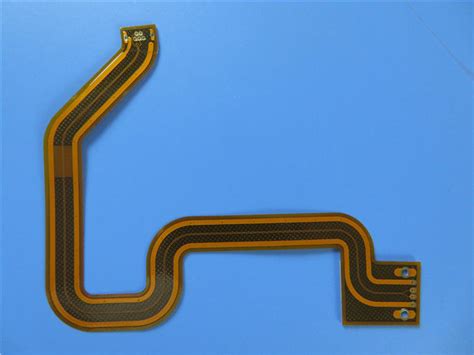
ALL ABOUT FLEX PCB
-
 Read more: Controlled Impedance PCB: PCB Copper Traces with Minimal Signal Integrity Issues
Read more: Controlled Impedance PCB: PCB Copper Traces with Minimal Signal Integrity IssuesIntroduction to Controlled Impedance PCB In the world of high-speed electronics, signal integrity is a crucial aspect that cannot be overlooked. As digital systems continue to push the boundaries of speed and performance, the need for reliable and efficient printed circuit boards (PCBs) becomes increasingly important. One key factor in […]
-
10 Must Know PCB Fabrication Techniques Device
Posted by
–
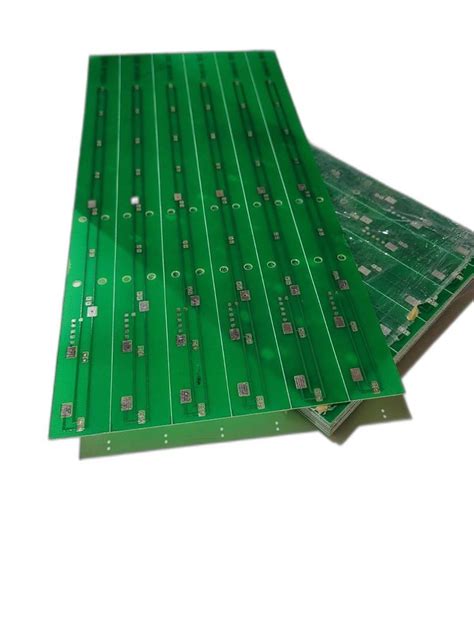 Read more: 10 Must Know PCB Fabrication Techniques Device
Read more: 10 Must Know PCB Fabrication Techniques DeviceIntroduction to PCB Fabrication Printed Circuit Board (PCB) fabrication is the process of creating circuit boards that electrically connect electronic components using conductive pathways, tracks or signal traces etched from copper sheets laminated onto a non-conductive substrate. PCBs are at the heart of every electronic device we use today, from […]
-
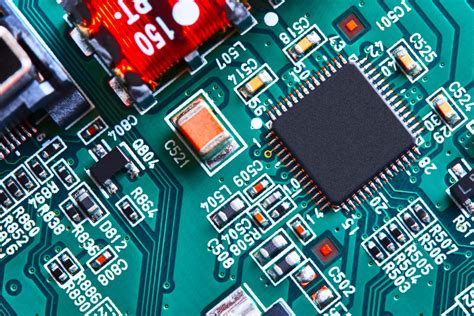 Read more: 10 Things You Should Know About Advanced Circuits PCB
Read more: 10 Things You Should Know About Advanced Circuits PCBIntroduction to Advanced Circuits PCB Advanced Circuits is a leading manufacturer of printed circuit boards (PCBs) in the United States. With over 30 years of experience in the industry, Advanced Circuits has built a reputation for providing high-quality PCBs to customers across various industries, including aerospace, medical, telecommunications, and consumer […]
-
Waterproof PCB: Everything You Need to Know
Posted by
–
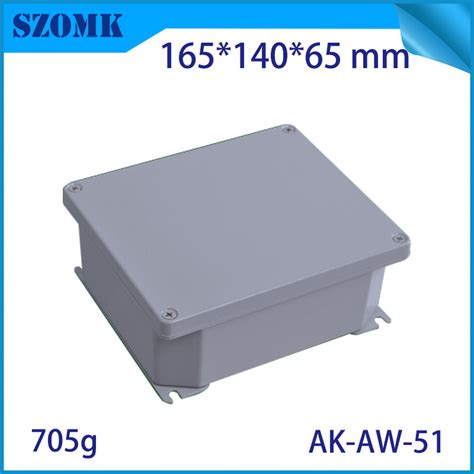 Read more: Waterproof PCB: Everything You Need to Know
Read more: Waterproof PCB: Everything You Need to KnowWhat is a Waterproof PCB? A waterproof printed circuit board (PCB) is a specially designed and manufactured PCB that is resistant to moisture, water, and other liquids. Unlike traditional PCBs, which can be damaged or malfunction when exposed to water, waterproof PCBs are built to withstand wet environments and continue […]
-
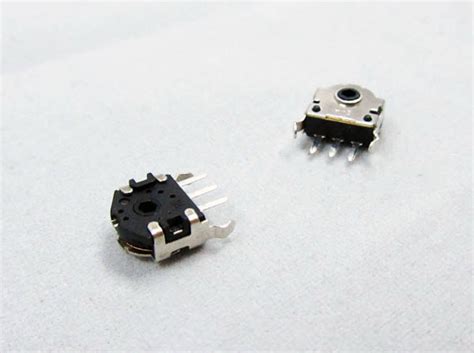 Read more: Mouse Rotary Encoder: The Working Principle and How to Connect It With the Arduino
Read more: Mouse Rotary Encoder: The Working Principle and How to Connect It With the ArduinoIntroduction to Rotary Encoders A rotary encoder is an electro-mechanical device that converts the angular position or motion of a shaft or axle to analog or digital output signals. Rotary encoders are widely used in various applications, such as industrial controls, robotics, automotive systems, and computer peripherals, to measure rotation, […]
-
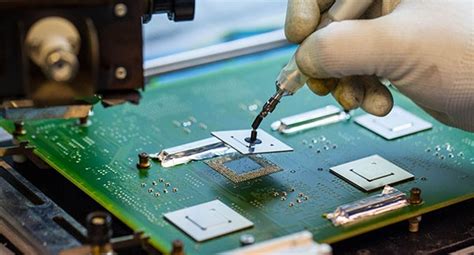 Read more: BGA in PCB Assembly Types benefits and inspection techniques
Read more: BGA in PCB Assembly Types benefits and inspection techniquesIntroduction to BGA-PCB Ball Grid Array (BGA) is a surface-mount packaging technology that has revolutionized the world of printed circuit board (PCB) assembly. BGA Packages offer numerous advantages over traditional through-hole and surface-mount technologies, making them a popular choice for high-density, high-performance electronic devices. In this comprehensive article, we will […]
-
How do you check PCB?
Posted by
–
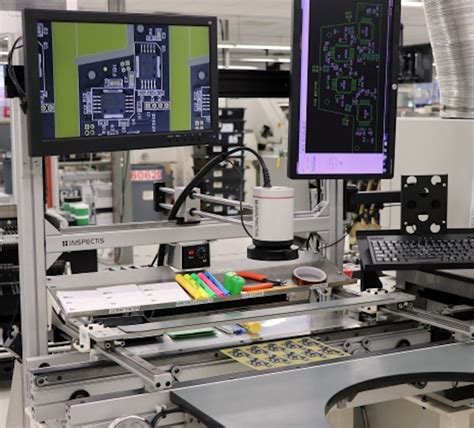 Read more: How do you check PCB?
Read more: How do you check PCB?Introduction to PCB Inspection Printed Circuit Board (PCB) inspection is a crucial step in the manufacturing process to ensure the quality and reliability of electronic devices. PCB inspection involves examining the board for various defects, such as short circuits, open circuits, incorrect component placement, and soldering issues. In this article, […]
-
How to do a PCB assembly process work
Posted by
–
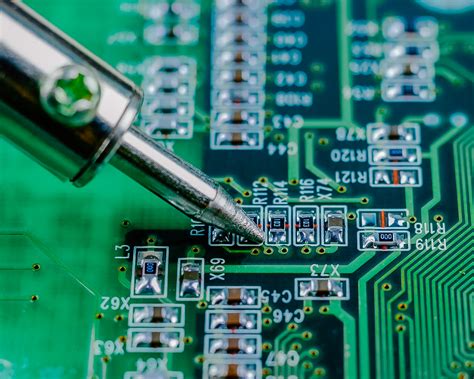 Read more: How to do a PCB assembly process work
Read more: How to do a PCB assembly process workIntroduction to PCB Assembly PCB assembly is the process of populating a printed circuit board (PCB) with electronic components to create a functional electronic device. The PCB serves as the foundation for the electronic circuit, providing the necessary electrical connections between components. The assembly process involves several steps, including solder […]
-
 Read more: ESP32 Projects: Low Power, Low-Cost Integrated Circuit Projects
Read more: ESP32 Projects: Low Power, Low-Cost Integrated Circuit ProjectsIntroduction to ESP32 The ESP32 is a low-cost, low-power system on a chip (SoC) series with Wi-Fi & dual-mode Bluetooth capabilities. It is designed and developed by Espressif Systems, a Shanghai-based Chinese company. The ESP32 series employs a Tensilica Xtensa LX6 microprocessor in both dual-core and single-core variations and includes […]
-
What Is Functional Testing in PCB Assembly
Posted by
–
 Read more: What Is Functional Testing in PCB Assembly
Read more: What Is Functional Testing in PCB AssemblyWhat is Functional Testing? Functional testing is a quality assurance process that verifies whether a PCB Assembly performs its intended functions according to the design specifications. It involves subjecting the assembLED PCB to various tests and measurements to ensure that it operates correctly under different conditions and scenarios. Objectives of […]




